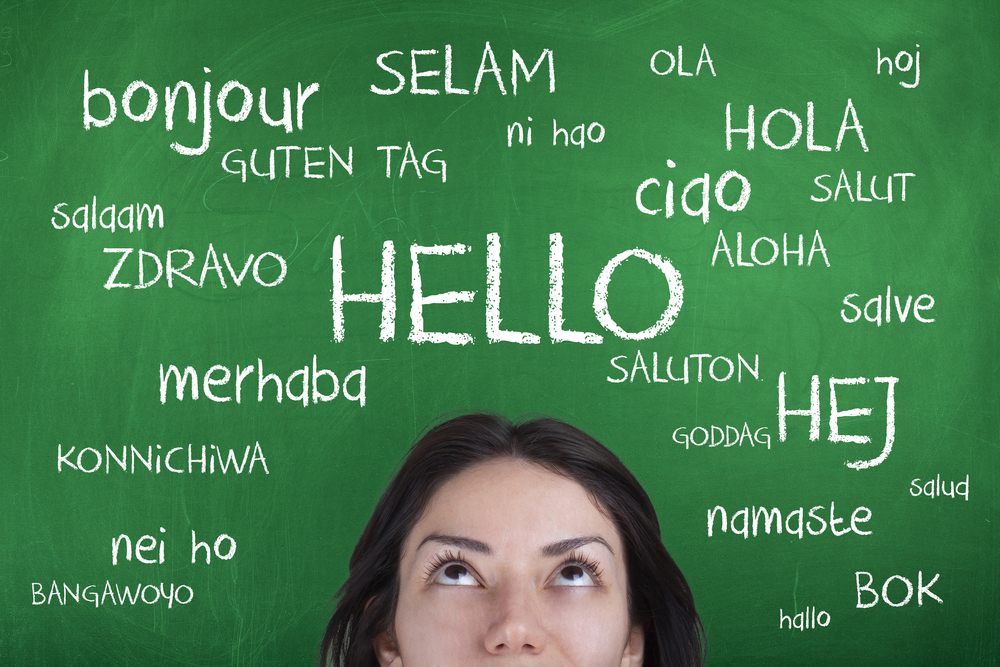
Why Cultural Sensitivity is Crucial in Translation: How to Avoid Common Pitfalls
In the globalized world of modern business, translation is no longer just a matter of converting words from one language to another—it’s about communicating meaning, intent, and emotion across cultural boundaries. The importance of cultural sensitivity in translation cannot be overstated, especially for organizations seeking to expand internationally or cater to diverse audiences. Failing to consider cultural nuances can damage brand reputation, alienate customers, and even cause legal or financial fallout.
The Role of Cultural Sensitivity in Translation
At its core, cultural sensitivity in translation means being aware of and respectful toward the cultural contexts of both the source and target languages. It’s not just about grammar, vocabulary, or syntax—it’s about preserving the meaning, intent, and impact of the message in a way that resonates with the target audience’s values, beliefs, customs, and expectations.
Importance of Understanding Local Norms in Translation
Translation that disregards local norms can lead to serious misunderstandings. For example, a gesture, word, or color that seems harmless in one culture may be deeply offensive in another. What works in a U.S.-based advertisement might come across as rude or bizarre in Japan or Saudi Arabia.
Consider the difference between high-context and low-context cultures. In high-context cultures (like China or Brazil), communication relies heavily on implicit understanding, body language, and shared experience. In contrast, low-context cultures (like Germany or the U.S.) rely more on explicit, direct language. A direct translation from a low-context source may come off as cold or rude in a high-context setting unless adjusted appropriately.
This is especially critical for sectors like legal, healthcare, marketing, and education, where small shifts in tone, format, or context can significantly alter outcomes or compliance.
Examples of Cultural Pitfalls in Translation
Unfortunately, history is full of examples where organizations got it wrong. Let’s look at a few well-documented failures that highlight the cost of ignoring cultural sensitivity.
Case Study: A Cultural Mistake in Translation and Its Consequences
Pepsi in China: In the 1960s, Pepsi launched a campaign in China with the slogan “Pepsi Brings You Back to Life.” However, the translation came across as “Pepsi Brings Your Ancestors Back from the Grave.” In Chinese culture, ancestor worship and reverence for the deceased are deeply sacred, making this a jarring and offensive mistranslation.
The result? The campaign was met with public backlash, damaged the brand’s image, and forced Pepsi to do major damage control. This single cultural blunder delayed the brand’s acceptance in a massive market.
HSBC Bank: Another famous example involves HSBC Bank. Their slogan “Assume Nothing” was mistranslated in various countries as “Do Nothing.” The consequences were severe: the bank spent $10 million rebranding with a new tagline, “The World’s Private Bank.”
These aren’t isolated incidents. Many companies—big and small—have paid the price for cultural insensitivity, whether through lost sales, lawsuits, or public embarrassment.
How to Ensure Your Translations Are Culturally Sensitive
While the risks are significant, the good news is that they are entirely avoidable. Companies that invest in culturally nuanced translation are rewarded with stronger brand loyalty, better user experiences, and smoother global operations.
Conduct In-Depth Cultural Research
Before entering a new market or localizing content, conduct cultural audits. Research religious beliefs, holidays, societal norms, taboos, and idiomatic expressions in the target region. For example, using pig imagery in Muslim-majority countries is offensive; similarly, in India, using cow-related themes might backfire.
Tip: Always test your translations with native speakers from the target region—not just native speakers in general—since regional differences can be substantial even within the same language (e.g., Spanish in Mexico vs. Argentina).
Localize, Don’t Just Translate
Localization is the practice of adapting content fully—not just text—to a region’s culture, including date formats, currency, units of measurement, humor, tone, and even layout (think right-to-left scripts like Arabic or Hebrew).
For instance, a promotional campaign that uses snowy Christmas imagery might resonate in the U.S. or Europe but feel completely out of place in tropical or non-Christian countries.
Include Cultural Consultants and Sensitivity Reviewers
Include cultural consultants or sensitivity reviewers in your translation workflows. These experts can assess tone, style, imagery, and context from a local’s point of view. They can prevent errors that algorithms or even skilled bilingual translators might miss.
Bonus: Cultural reviewers also help ensure your message is relevant, not just inoffensive.
How to Work with a Culturally Sensitive Translator
Partnering with professional translators who prioritize cultural awareness is essential. Here’s how to ensure you’re working with the right team:
1. Choose a Multilingual Team with Local Expertise
A translation partner with access to native speakers across different regions—not just languages—can provide tailored insights that machine translation tools or monolingual translators simply can’t.
At Etcetera Language Group, Inc., our team spans dozens of languages and regions, allowing us to offer culturally-informed translations for a wide variety of industries.
2. Ask About Cultural Quality Assurance Processes
Make sure your translation provider includes cultural quality assurance (CQA) as part of their workflow. This may involve peer reviews, in-market testing, and cultural editing in addition to basic proofreading.
3. Prioritize Human Oversight Over Machine Translation
While AI tools and machine translation engines have come a long way, they still lack cultural nuance. Idioms, jokes, slang, and cultural context often fly under the radar of automated tools. For mission-critical content—legal contracts, marketing campaigns, training materials—rely on human experts.
4. Demand Industry Specialization
A medical translation isn’t the same as a technical manual or an advertising jingle. A culturally sensitive translator will also be domain-aware, ensuring terminology and phrasing align with both cultural and industry-specific standards.
The Potential Consequences of Getting It Wrong
Brand Reputation
One culturally insensitive ad can spark international outrage. In the age of social media, news spreads fast, and recovering from a PR disaster is expensive and time-consuming.
Legal and Regulatory Issues
Inaccurate translations can lead to contract disputes, compliance failures, or regulatory violations. For instance, a poorly translated pharmaceutical label could lead to misuse and lawsuits.
Financial Costs
Rebranding, product recalls, or lawsuits stemming from mistranslation can cost millions. Even if the impact isn’t immediately visible, ineffective communication may quietly erode customer trust and loyalty over time.
Employee Misunderstanding and Internal Conflicts
Cultural insensitivity isn’t just external. Poorly translated training manuals, HR policies, or internal communications can confuse staff, demoralize teams, or trigger internal friction—especially in multinational workplaces.
How Etcetera Language Group, Inc. Can Help
Culturally competent communication is not optional—it’s a necessity in today’s interconnected world. If your organization operates globally or aspires to, you need more than just language expertise. You need a partner who understands cultural nuances, regional subtleties, and industry-specific demands.
Etcetera Language Group, Inc. offers:
- Multilingual document translation: Precision-crafted to meet both linguistic and cultural expectations.
- Desktop publishing services: Professionally formatted documents that respect design norms and language directionality.
- Expertise across industries: From legal and healthcare to marketing and education, we provide industry-aware translation that speaks your audience’s language.
- A global team with local insight: Our network of native-speaking translators ensures your message resonates wherever it’s heard.
We pride ourselves on professional presentation, attention to detail, and exceptional customer service.
Invest in Cultural Sensitivity for Global Success
Cultural sensitivity in translation is more than a best practice—it’s a strategic advantage. Whether you’re launching a product, training a global workforce, or negotiating international contracts, culturally aware communication enhances trust, improves results, and protects your brand.
Avoid the costly pitfalls of tone-deaf translations. Partner with a translation provider that brings cultural intelligence to the table.
Ready to take your global communication to the next level?
Contact us today to learn how we can help you deliver accurate, culturally respectful translations that resonate with your international audience.
More...
Categorised in: Blog





